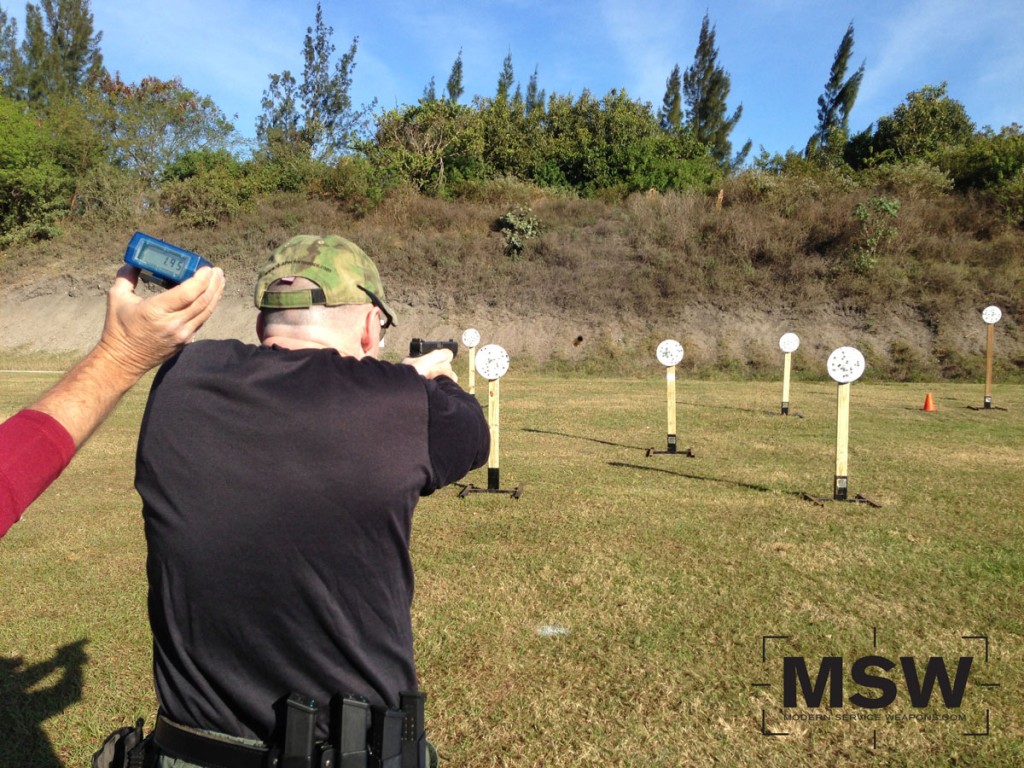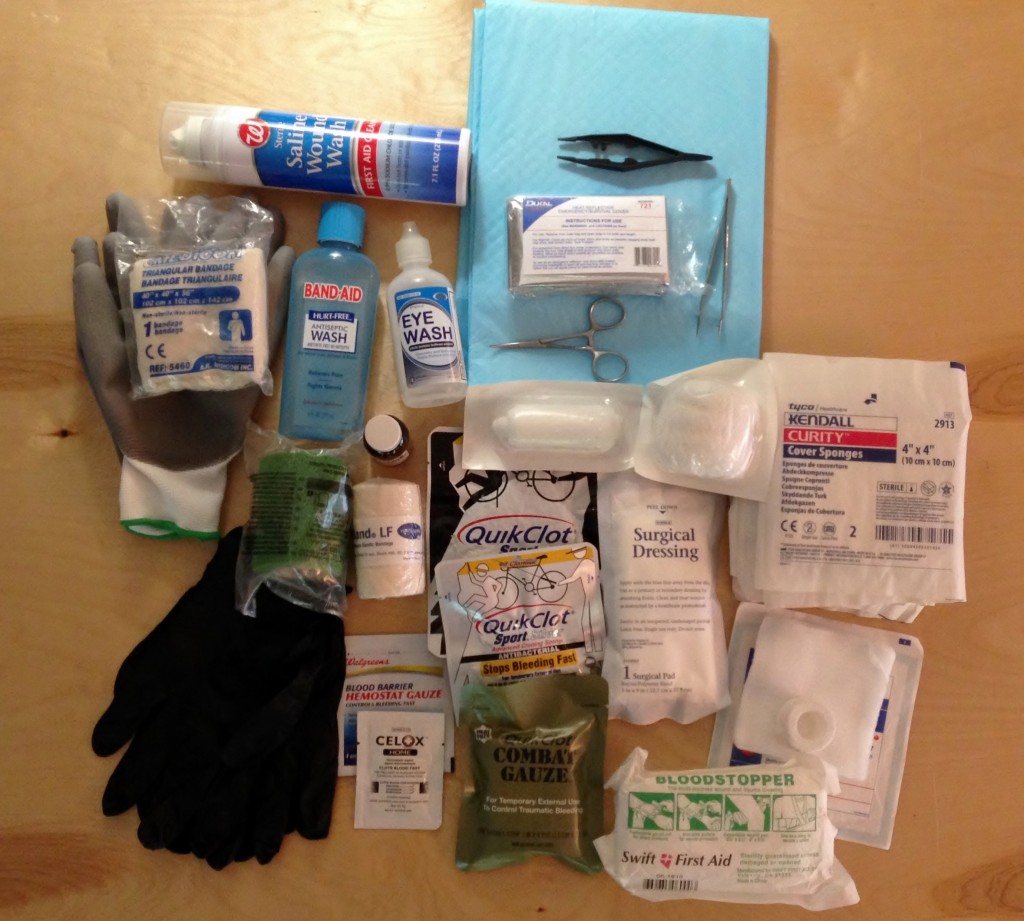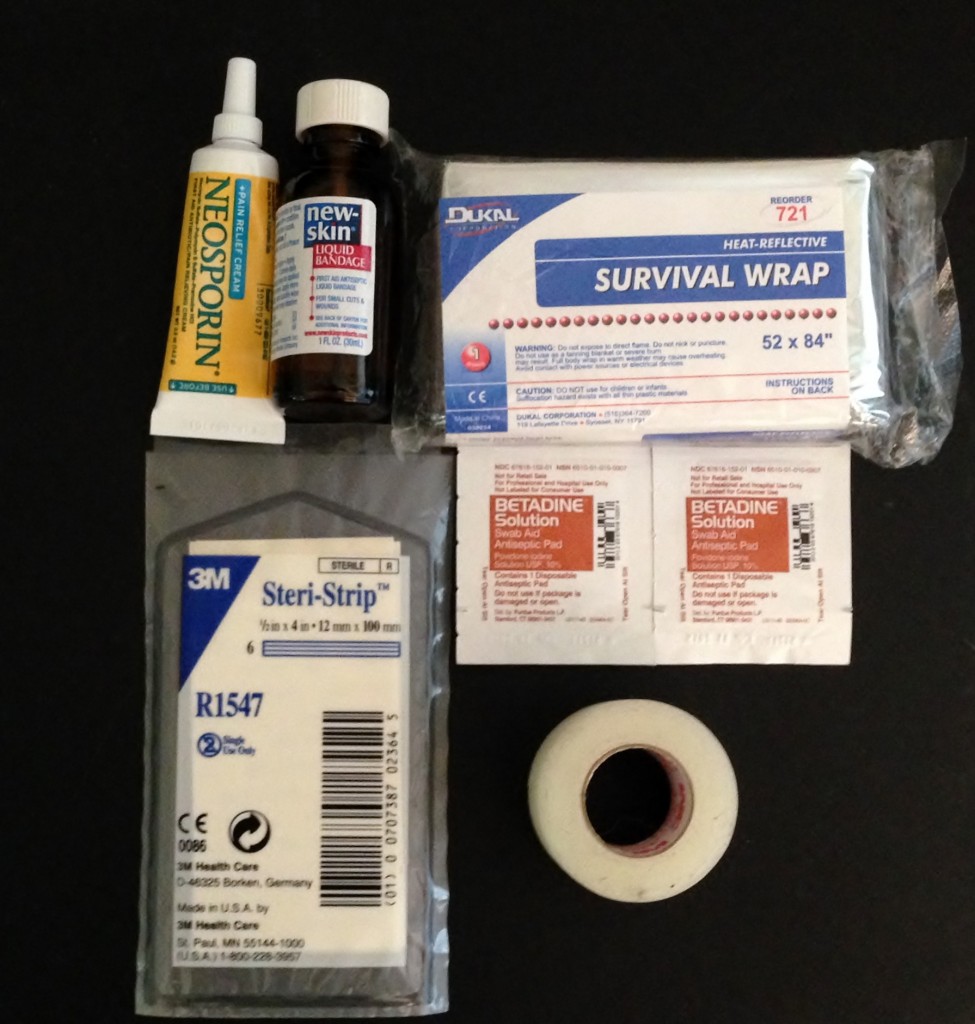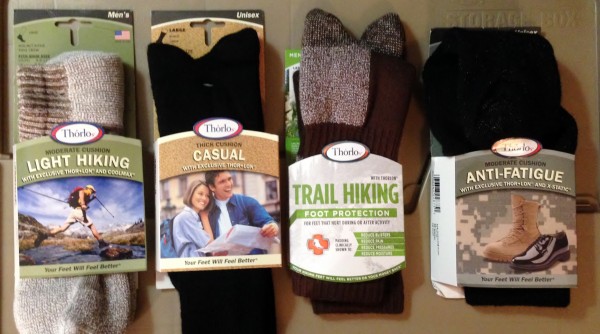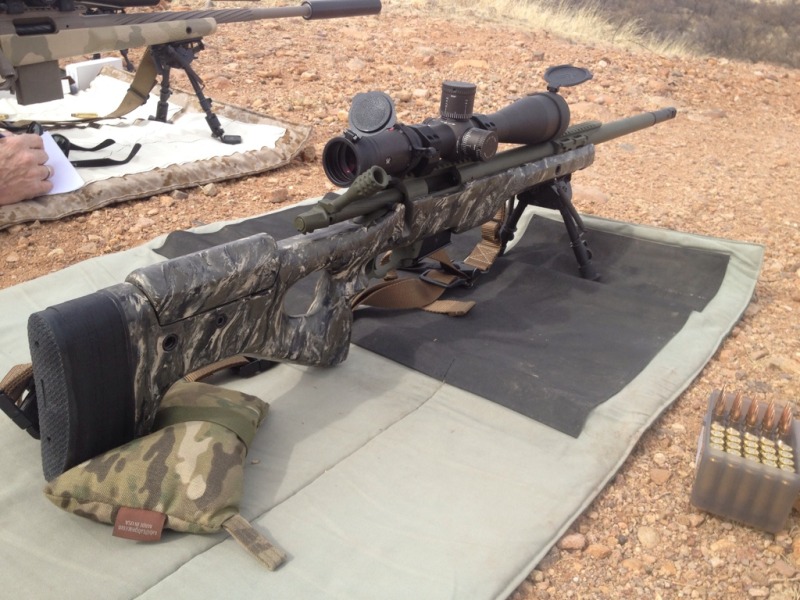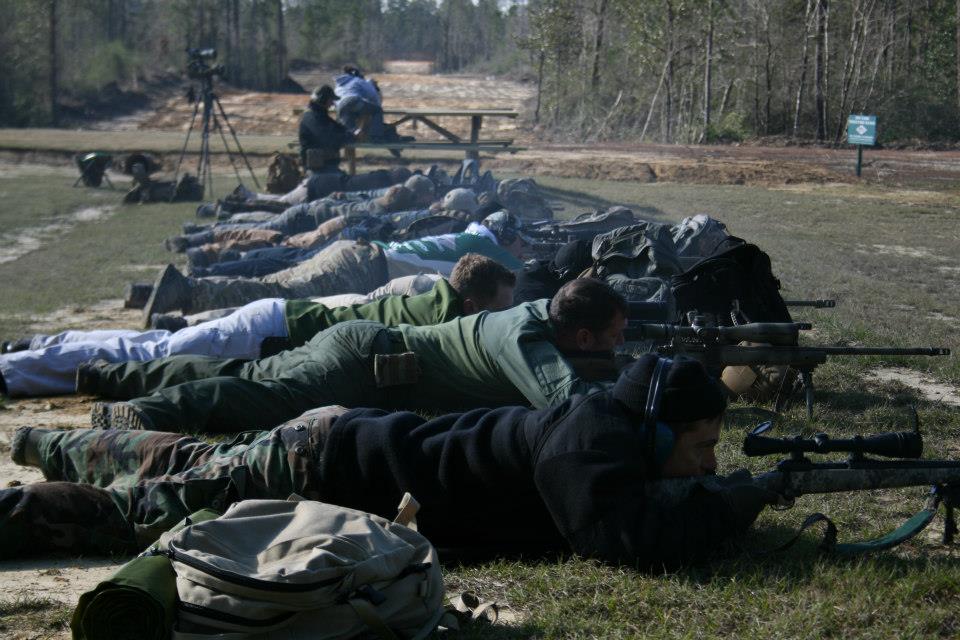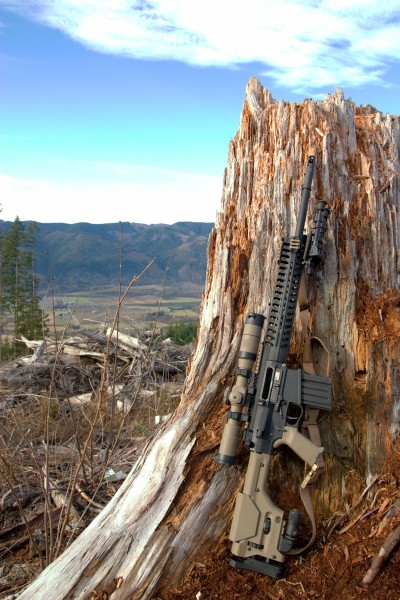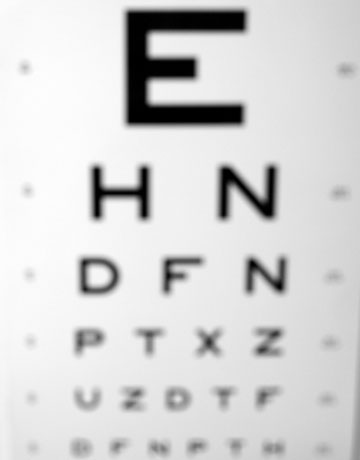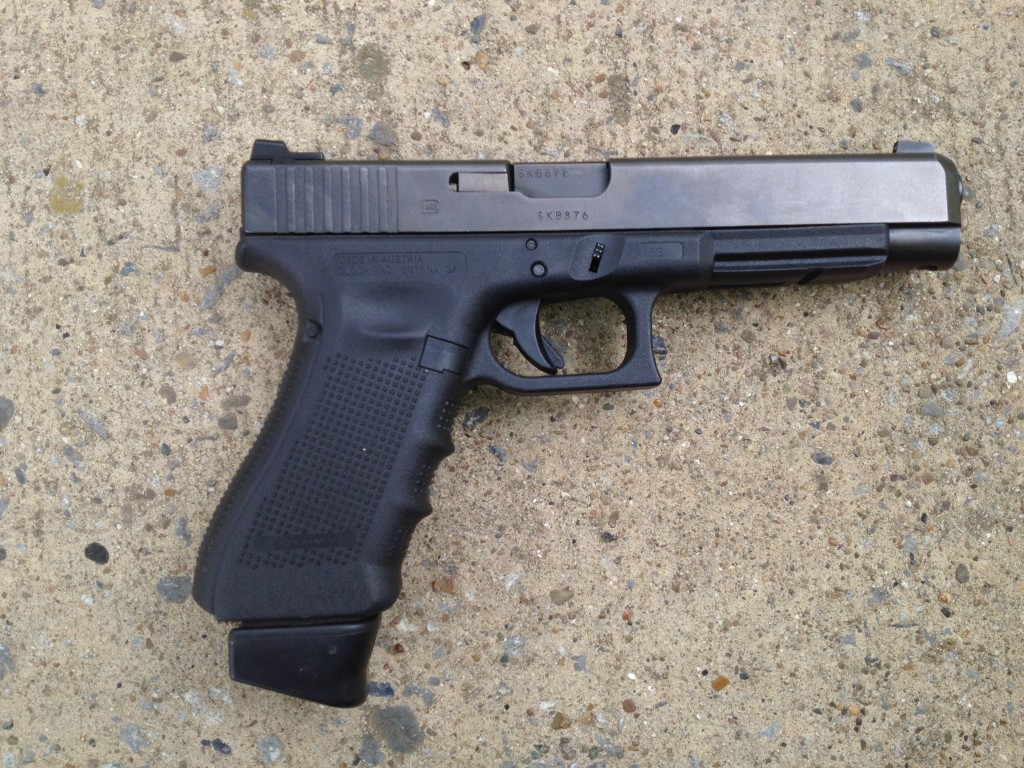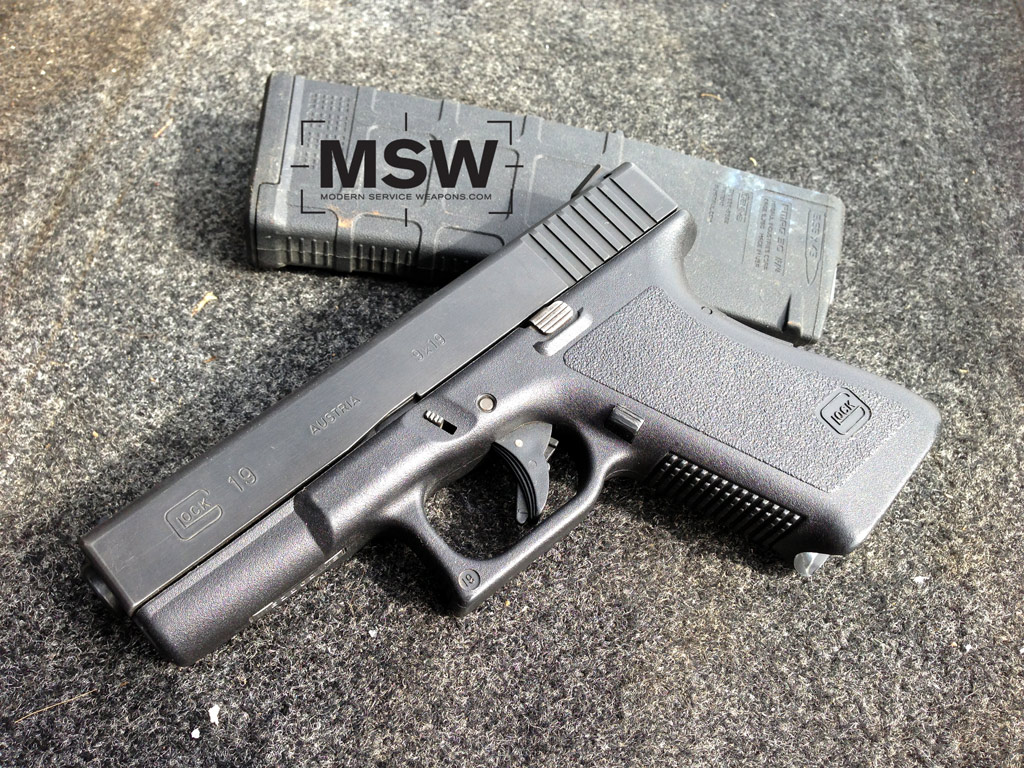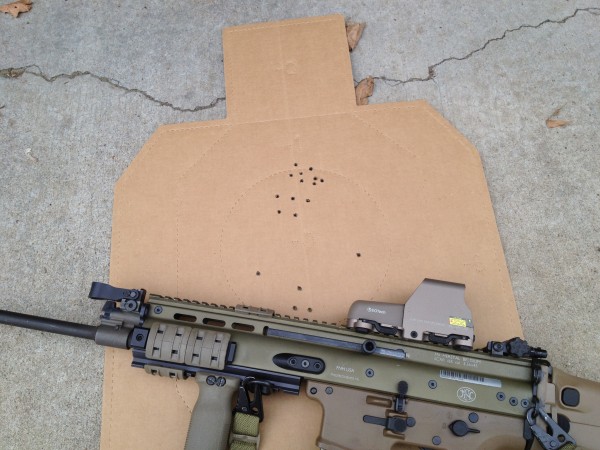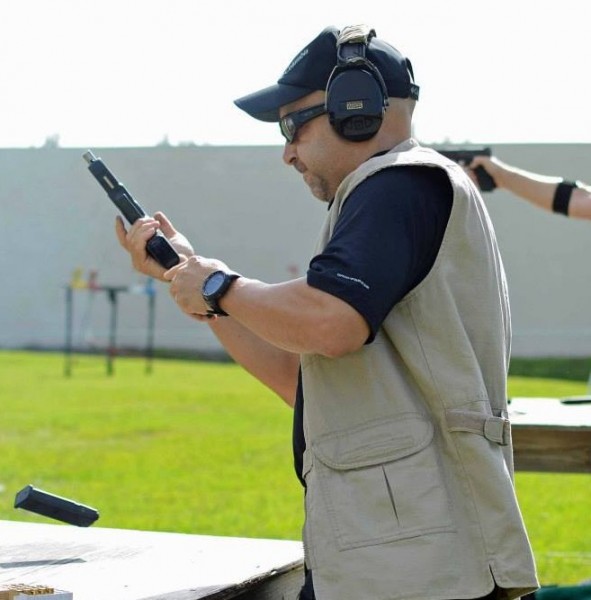 Last time we left off on the crusade to make competition safe for the tactical world, we were making the case that stress introduced into shooting causes interesting results. Being able to work through the stress of the timer will always improve your shooting ability.
Last time we left off on the crusade to make competition safe for the tactical world, we were making the case that stress introduced into shooting causes interesting results. Being able to work through the stress of the timer will always improve your shooting ability.
I just got back from competing in a major international shooting competition where I saw and experienced different levels of stress. The funny thing about stress (aside from actual physical stress) is that it’s only in the mind. That’s right. Stress is in the mind. Stress has nothing to do with shooting. Does it? What constitutes shooting? Lining up the sights and pulling the trigger. No where in that equation does the word “stress” make an appearance. “I hope I won’t miss”, “I suck at steel”, “I hate qualification” etc. All mental problems that have nothing to do with shooting. Being able to turn off the mental stress (conscious mind) and replace it with subconscious skill comes only with repeated practice. However, you can practice and practice by yourself for eternity, but you need a way to test it. That comes from shooting competitions. Continue reading



